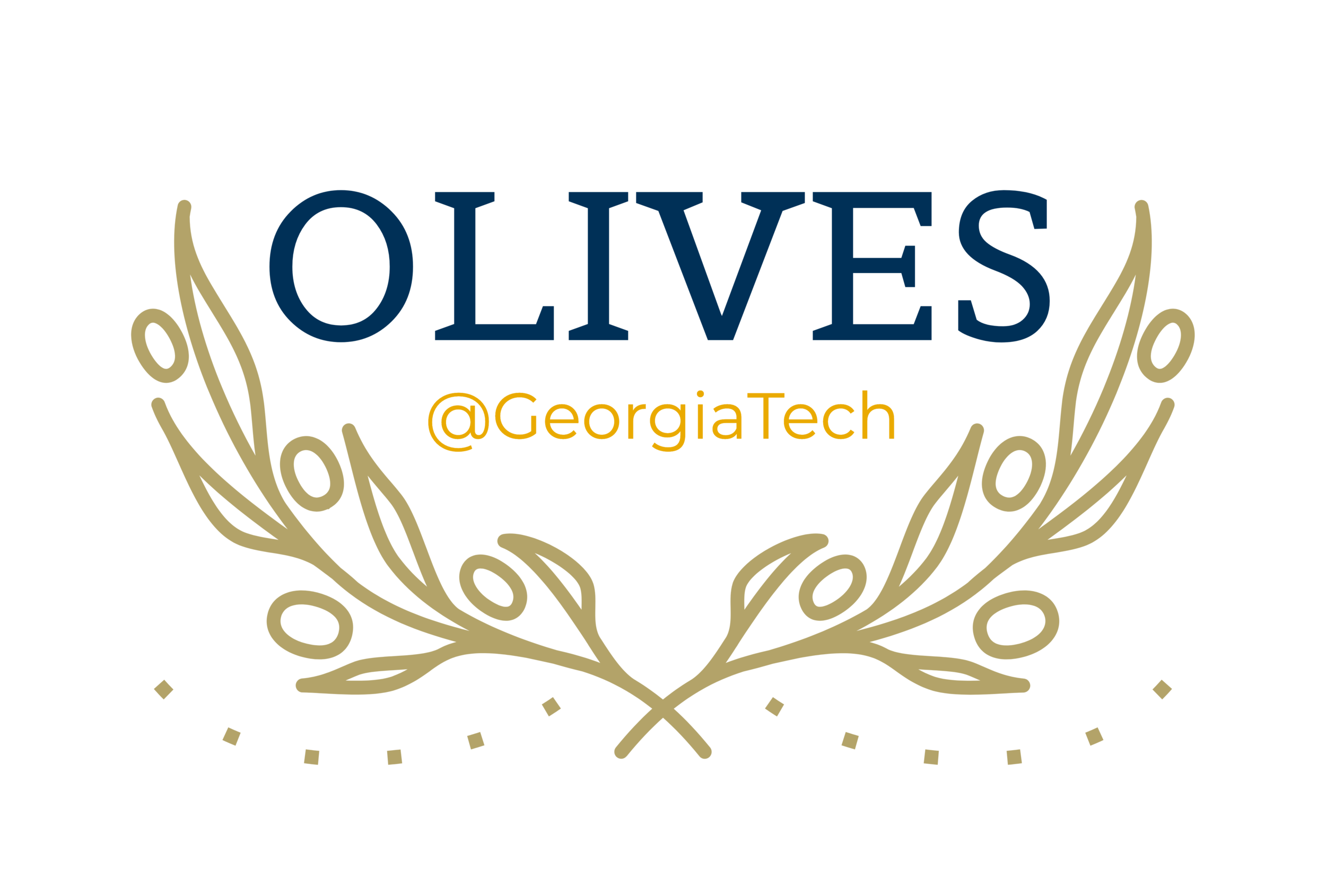Biomarker Detection
Personnel: Kiran Kokilepersaud, Mohit Prabhushankar
Goal: Biomarkers are difficult to label in large quantities. Can we leverage the related clinical modality of data in order to help train for the biomarker detection task?
Challenges: Biomarkers such as diabetic macular edema (DME) represent key indicators of disease. For this reason, detecting them directly from optical coherence tomography (OCT) scans is an important goal. However, obtaining labels to train a model in sufficient quantities is a difficult due to the requirement of an expertly trained grader. As a result, there exists a lot more data without these labels. The challenge is how to leverage data that doesn’t have biomarker labels in order to improve performance for the biomarker detection task.
Our Work:
[1] describes a very relevant medical setting where there exists clinical information obtained on a patient visit alongside disease biomarker data that we want to train a model to detect. We describe a contrastive learning setup to make use of this abundant clinical information to detect key biomarkers of disease.
References:
K. Kokilepersaud, S. Trejo Corona, M. Prabhushankar, G. AlRegib, C. Wykoff, "Clinically Labeled Contrastive Learning for OCT Biomarker Classification," IEEE Journal of Biomedical and Health Informatics, submitted on Jun. 23 2022.
Datasets Utilized:
